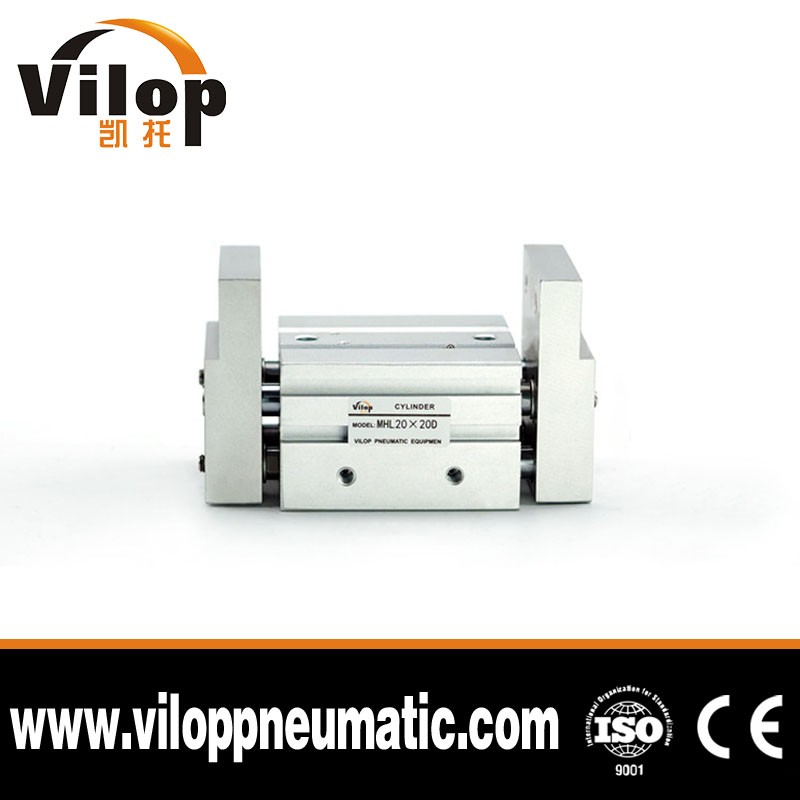- All
- Product Name
- Product Keyword
- Product Model
- Product Summary
- Product Description
- Multi Field Search
Views: 332 Author: Site Editor Publish Time: 2022-03-10 Origin: Site

In many industrial applications, generally there are two common types of actuators, which are pneumatic cylinder and electric cylinder. Both of them are widely used in the automation industry, and play a very important role. But what are the differences between electric and pneumatic gripper cylinder? In this article, we will discuss the differences between them.
1. Power source
Seen from the name, we can know that electric actuators are powered by electricity, while pneumatic actuators are powered by air pressure. So, the power source is the biggest difference between them. Usually, electric actuators require the power source which cannot less than 24 VDC. But pneumatic cylinder power is from a compressor.
2. Hardware equipment
In terms of hardware, the pneumatic cylinder system has many components and the system is more complicated, so the hardware design time and cost are relatively high. For the use conditions, the pneumatic system is mainly matched with the cylinder components such as solenoid valves and air dryers, and its power output source is a screw-type air pump, and the cost allocated to each axis is relatively low.
The structure of the electric cylinder system is very simple. The component types are only electric cylinder, driver and controller, so the hardware system integration is relatively simple. Each axis of the electric cylinder system needs a servo drive as a power unit output. At this point, the hardware cost of the servo electric cylinder and drive system is obviously higher.
3. Energy consumption comparison
Since the power of pneumatic cylinder must use air pressure as an intermediate medium, and there is a problem of air source leakage during operation, the efficiency of its energy consumption exchange is not high, and the power of the electric cylinder is directly converted into mechanical energy through electrical energy, so it has high efficiency in exchange for energy consumption.
4. Control accuracy
In the process of using the pneumatic clamping cylinder, the transmission accuracy that can be achieved by itself is very limited, and only the external mechanical limit is used to achieve the control accuracy. Obviously, it is not suitable for the high-precision transmission cylinder. But in the occasions where the accuracy is not high, its application is widely used as well.
The electric cylinder converts the thrust through the servo system, which can maintain a very high accuracy by itself, and there is no need to do any mechanical hardware to limit the position. When the accuracy requirements are getting higher and higher, its application becomes more and more important. Seen from the above analysis, although the electric cylinder is higher in hardware cost than the common pneumatic cylinder, it has many advantages in accuracy, stability and durability, especially in terms of energy consumption. Of course, both of them have their own unique features, and their own advantages and disadvantages. You must judge them according to the actual situations. For example, in hazardous environments, electric actuators may bring more safety risk, so they must comply with NEMA standards when in use.